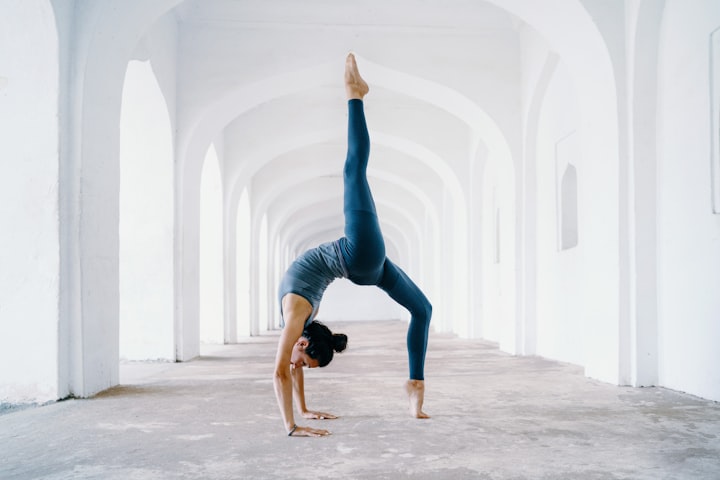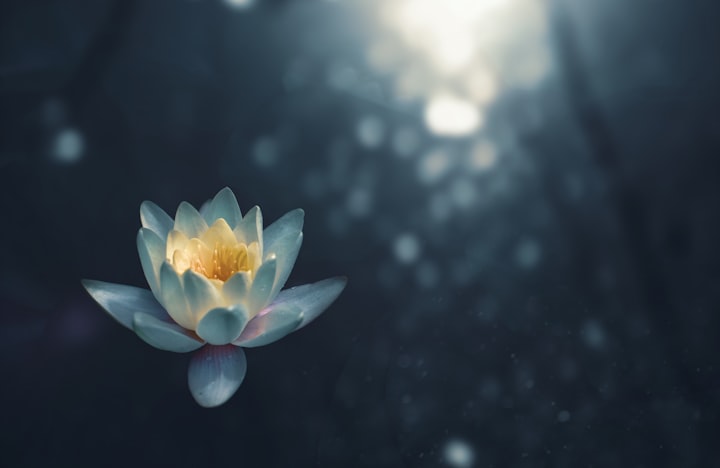
In today's fast-paced world, the age group of 20 to 30 is often burdened with high stress levels, sedentary lifestyles, and mental health issues. To counteract these challenges and promote holistic well-being, incorporating a regular yoga practice into your routine can be immensely beneficial. This article presents a comprehensive yoga routine tailored specifically for individuals in their 20s and 30s, aiming to enhance physical strength, mental clarity, and emotional balance. Let's delve into this transformative journey.
Click here to get high-quality yoga apparel in Yoga Sale Outlet
Warm-up and Centering (10 minutes):
Begin the session by finding a quiet space and sitting comfortably on a yoga mat. Close your eyes, take deep breaths, and focus on grounding yourself. Perform gentle neck and shoulder rolls, wrist circles, and ankle rotations to warm up the joints. This phase helps prepare your body and mind for the subsequent yoga postures.
Energizing Sun Salutations (15 minutes):
Start with a few rounds of Sun Salutations (Surya Namaskar) to awaken the body and build heat. Flow through a sequence of forward folds, lunges, downward-facing dog, and cobra/upward-facing dog poses. Sun Salutations boost circulation, increase flexibility, and invigorate the entire body.
Core-Strengthening Poses (20 minutes):
Engage your core muscles with poses like Plank, Boat Pose (Navasana), and Side Plank (Vasisthasana). These poses enhance abdominal strength, improve posture, and stimulate the digestive system. Hold each pose for 30 seconds to a minute, gradually increasing the duration as you progress.
Hip-Opening Sequence (15 minutes):
Release tension and increase mobility in the hips with poses such as Pigeon Pose (Kapotasana), Butterfly Pose (Baddha Konasana), and Cow Face Pose (Gomukhasana). Hip-opening poses alleviate lower back pain, improve circulation, and enhance overall flexibility.
Balance and Focus (15 minutes):
Enhance concentration and stability through balancing poses like Tree Pose (Vrikshasana) and Warrior III (Virabhadrasana III). These postures strengthen the legs, improve proprioception, and cultivate mindfulness.
Stress-Relieving Inversions (10 minutes):
Rejuvenate your mind and boost your energy levels with gentle inversions such as Legs Up the Wall Pose (Viparita Karani) and Supported Shoulder Stand (Salamba Sarvangasana). These poses improve blood circulation, reduce anxiety, and calm the nervous system.
Restorative Cool-Down (10 minutes):
Conclude the practice with a restorative pose like Corpse Pose (Savasana). Lie on your back, relax your body completely, and focus on deep, conscious breathing. Allow yourself to fully surrender and experience deep relaxation.
Pranayama for Mind-Body Connection (10 minutes):
After the restorative cool-down, transition into a seated position for pranayama, or breath control exercises. Practice techniques like Nadi Shodhana (Alternate Nostril Breathing) and Kapalabhati (Skull Shining Breath) to harmonize the flow of energy in your body and calm the mind. These pranayama exercises enhance focus, reduce stress, and promote a deeper mind-body connection.
Backbends for Heart Opening (15 minutes):
Open your heart and cultivate emotional well-being with backbending poses. Perform gentle backbends like Cobra Pose (Bhujangasana), Camel Pose (Ustrasana), or Bridge Pose (Setu Bandhasana). Backbends stretch the front of the body, increase spinal flexibility, and invigorate the nervous system. Remember to listen to your body and modify the poses based on your comfort level.
Mindfulness Meditation (10 minutes):
Conclude your practice with a guided mindfulness meditation. Find a comfortable seated position or lie down in Corpse Pose (Savasana). Close your eyes and bring your awareness to the present moment, focusing on your breath or a specific point of concentration. Allow thoughts to come and go without judgment, anchoring yourself in the present. This meditation practice enhances mental clarity, reduces anxiety, and cultivates a sense of inner peace.
Conclusion:
By expanding the original yoga routine, these additional three elements—pranayama, backbends, and mindfulness meditation—enhance the transformative effects of the practice for individuals in their 20s and 30s. Embrace this comprehensive approach, nourishing your body, mind, and spirit through the holistic benefits of yoga. With dedication and consistency, you can experience a profound positive shift in your overall well-being, supporting you on your journey of personal growth and self-discovery. Namaste.
About the Creator
BettyAd
Yoga & Pilates






Comments
There are no comments for this story
Be the first to respond and start the conversation.